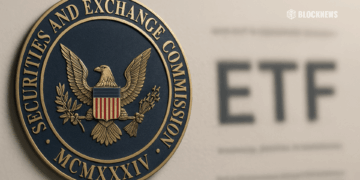- Senate Banking Committee’s 182-page draft adds protections for developers and validators.
- NFTs explicitly excluded from securities classification, unlike in the House bill.
- Lawmakers aim to deliver a unified crypto market bill to Trump by Thanksgiving.
The Senate Banking Committee wrapped up its work on Friday afternoon with a fresh version of its much-watched market structure bill — and this one comes with a big win for the crypto industry.
At 182 pages, the new draft of the Responsible Financial Innovation Act of 2025 adds a section that many in the space have been lobbying for: “protecting software developers and software innovation.” A subtle but important difference, especially since the House’s counterpart — the CLARITY Act — left this out entirely.
What’s Actually in the New Draft
The draft, which lawmakers expect to debate toward the end of September, draws a line between technology builders and financial actors. It carves out exemptions for validators, saying they won’t be subject to heavy anti-money laundering or anti-fraud requirements. It also makes clear that offering, selling, or even transferring an NFT doesn’t magically turn it into a securities deal. Again, something the House didn’t address in its bill.
This marks a big expansion from the leaner 35-page discussion draft dropped back in July by Senate Banking Chair Tim Scott (R-S.C.), alongside Senators Cynthia Lummis, Bill Hagerty, and Bernie Moreno. Friday’s version shows how fast the conversation is evolving.
Next Steps: Bridging the House and Senate
Now comes the hard part — merging the two approaches into one final piece of legislation. Lummis has already hinted at her timeline. Speaking earlier this month at the Wyoming Blockchain Symposium, she said her goal is to have a unified crypto market structure bill on President Donald Trump’s desk before Thanksgiving.
Momentum seems to be there. The House’s CLARITY Act already passed with a 294–134 vote, including support from 78 Democrats. The question now is how closely the Senate and House can align their visions — and whether the “software protection” provisions survive in the final cut.














